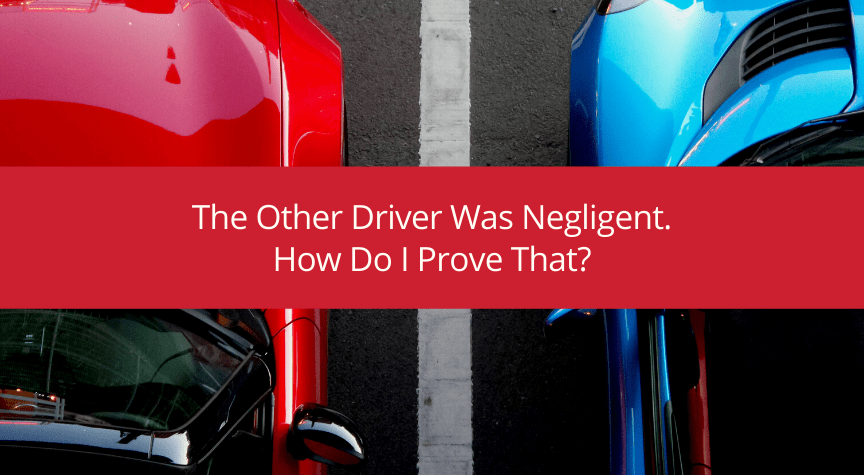“Negligence” is a term you will hear frequently when dealing with lawsuits, especially when it comes to those cases involving car accidents. But while a common phrase, negligence can actually be a tricky concept to understand, and even tougher to prove without the right pieces of evidence.
Negligence means the defendant has failed to take reasonable actions to ensure the safety of those they come into contact with — even if there was no intent to do harm.
On the road, drivers must always use caution in order to avoid harming other motorists, pedestrians, and passengers. Actions that are careless (running a red light), reckless (making an illegal u-turn), or ignored (not fully stopping at a stop sign) may result in serious injuries to others and can therefore be considered negligent in a car accident case.
However, in car accident cases, which get complex quickly, negligence can be tricky to determine. To prove negligence, the plaintiff must be able to show all of the following:
1. The defendant had a duty to be careful and protect others from unreasonable risk. This requirement is fairly straightforward since, as mentioned above, motorists are required to exercise caution and follow all traffic laws when behind the wheel.
2. The defendant did not uphold that duty and was not careful. To prove this, the defendant’s actions in the moments leading up to the accident are compared to what is considered reasonable behavior.
An example of this would be the other person rear-ending your car because they were not following your vehicle at a safe enough distance. Failing to stop at a red light, attempting to pass another vehicle by using the bike lane, and speeding are all examples that could constitute unreasonable behavior in the event of an accident.
3. The plaintiff was injured because the defendant did not uphold their duty. For the accident to be deemed negligence, you must be able to prove your injuries are the direct result of the plaintiff’s behavior in the accident. This is easier said than done sometimes. For example, if you strained your back at the gym the day of the accident, it could be difficult to provide evidence that clearly indicates getting rear-ended by another driver was the direct reason for your back pain.
You must also prove your injuries and damages to personal property (i.e., the car) were the result of the accident in the first place and not because of some other activity, as in the example above. Without provable injuries or monetary losses, it is difficult for a victim to claim any compensation in a car accident case.
Keep in mind that car accident cases involving negligence can be tricky and feel overwhelming for the victim seeking compensation. An experienced car accident attorney can alleviate some of that stress by helping you understand and navigate the nuances and complexities of negligence cases.

Contact him to get your questions answered. He will give you an honest assessment of your case and explain your legal options.
*Every case he accept is handled on a contingency basis, so you won’t be charged any attorney fees unless he wins.
